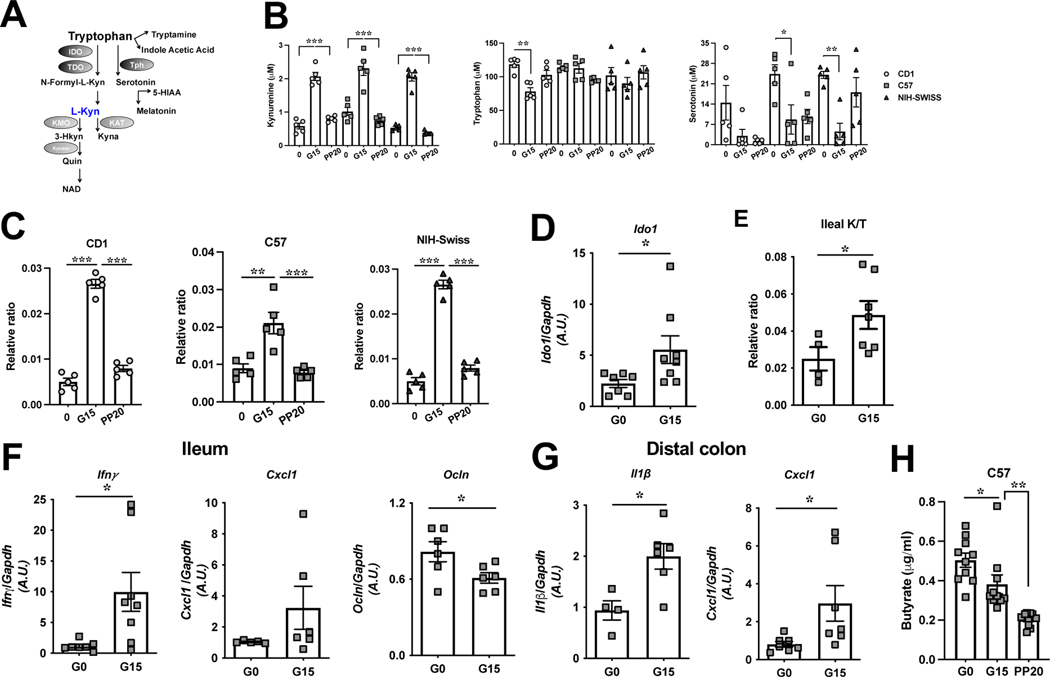Figure 4. The tryptophan metabolite, kynurenine, is elevated during pregnancy.
(A) Schematic of the tryptophan metabolism pathways; (B) plasma kynurenine, tryptophan and serotonin levels and (C) the plasma kynurenine/tryptophan ratio (K/T) in C57, CD1 and NIH-Swiss mice at depicted time-points; (D-F) in the ileum of C57 mice at G0 and G15, Ido1 mRNA expression (D), K/T (E) and mRNA expression of Ifnγ, Cxcl1, and Ocln (F) and (G) mRNA expression of Il1β and Cxcl1 in DC of same mice; (H) plasma butyrate levels in C57 at depicted time-points (n=10 per time-point). Data are mean±SE, n=5–7 per time-point analyzed by one-way ANOVA with Tukey’s post-hoc analysis (B-C), two-tailed Student’s unpaired t-test (D-G), one-way ANOVA (Mixed effects analysis) (H). *P<.05, **P<.01, ***P<.0005. TDO-Tryptophan-2,3dioxygenase; Tph-Tryptophan hydroxylase; KAT-Kynurenine aminotransferase; KMO-Kynurenine-3-Monooxygenase; Kynase-Kynureninase; N-Formyl-L-Kyn-N-Formyl-LKynurenine; L-Kyn-Kynurenine; HIAA-5-Hydroxyindoleacetic acid; Quin-Quinolinic acid; Kyna-Kyneurenic acid; 3-Hkyn-3-Hydroxykynurenine.

